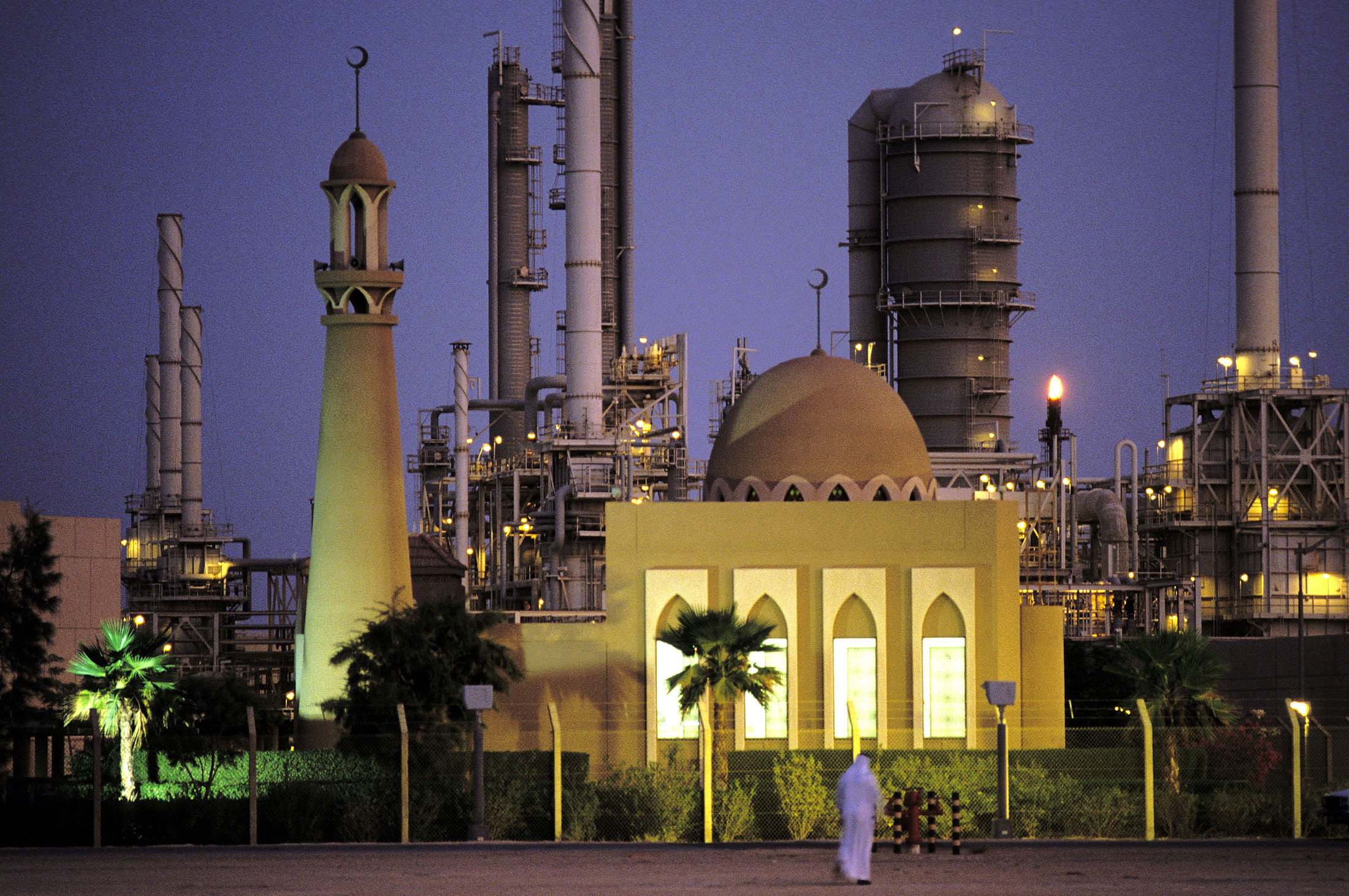Saudi Arabia Ousts U.S. as Biggest Oil Producer, IEA Says

EghtesadOnline: Saudi Arabia has retaken the position of the world’s top oil producer from the U.S., according to the International Energy Agency.
“Saudi Arabia’s elevated oil production has allowed it to overtake the U.S. and become the world’s largest oil producer,” the Paris-based IEA said in its monthly report on Tuesday.
While Saudi Arabia added 400,000 barrels a day of output from low-cost fields since May, about 460,000 barrels a day of “high-cost” production was shut down in the U.S. America has been the world’s largest producer of crude and other liquid hydrocarbons since April 2014 following the shale oil boom, reports Bloomberg.
The drop in U.S. production came as the number of rigs drilling for oil and gas fell to a record low of 404 on May 20, according to data from Baker Hughes Inc. That number has since recovered to 508 as of Sept. 9.
Saudi Arabian crude supply climbed to 10.65 million barrels a day in July, before easing to 10.6 million in August. Production has averaged 10.36 million barrels a day in the first eight months of this year, almost 200,000 barrels a day higher than the year-earlier period.
Shale Recovery
The price to pump oil out of the ground in Saudi Arabia has tended to be at the lower end of the global cost curve, allowing Riyadh to withstand lower oil prices better than its U.S. rivals, according to Giovanni Staunovo, an analyst at UBS Group AG. Saudi Arabia’s willingness to keep exports stable and satisfy higher domestic demand led to its continued effort to increase output, he said.
Still, a recovery for shale oil could be in sight, according to Rystad. Because of the steep drop in shale investments, the sector saw its break-even price decline to $50 a barrel, which should allow for a faster rebound, the consultants said.
“In terms of economics, shale is very competitive with low break-even prices and the lowest payback years,” Rystad said. “Shale will have the largest growth in investment over the next few years.”
West Texas Intermediate, the U.S. oil benchmark, was down 2.9 percent to $44.93 a barrel as of 10:41 a.m. New York time. Futures fell after the release of the IEA report.


